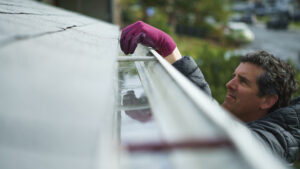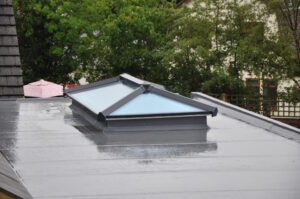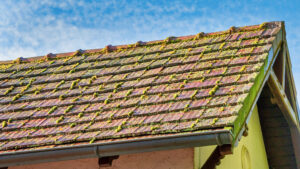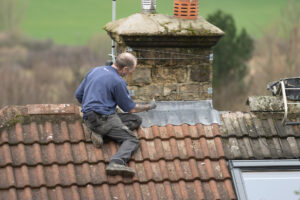A roof vent pipe, also known as a plumbing vent, is an essential component of a building’s plumbing system, a common feature in homes throughout our service areas like Katy. It plays a vital role in ensuring fresh air supply to all plumbing fixtures, thereby aiding in the removal of odors and gases that accumulate in the sewage system.
This functionality is crucial for smooth water flow from your home and maintaining an environment free of foul odors. Located along the roof line, the roof vent pipe, or plumbing vent, is a vertical pipe and can be easily spotted on the roof. For any concerns or maintenance needs related to your roof vent pipe, our roof maintenance services are designed to address and resolve such issues efficiently.
What Will Happen if There is No Roof Vent Pipe?
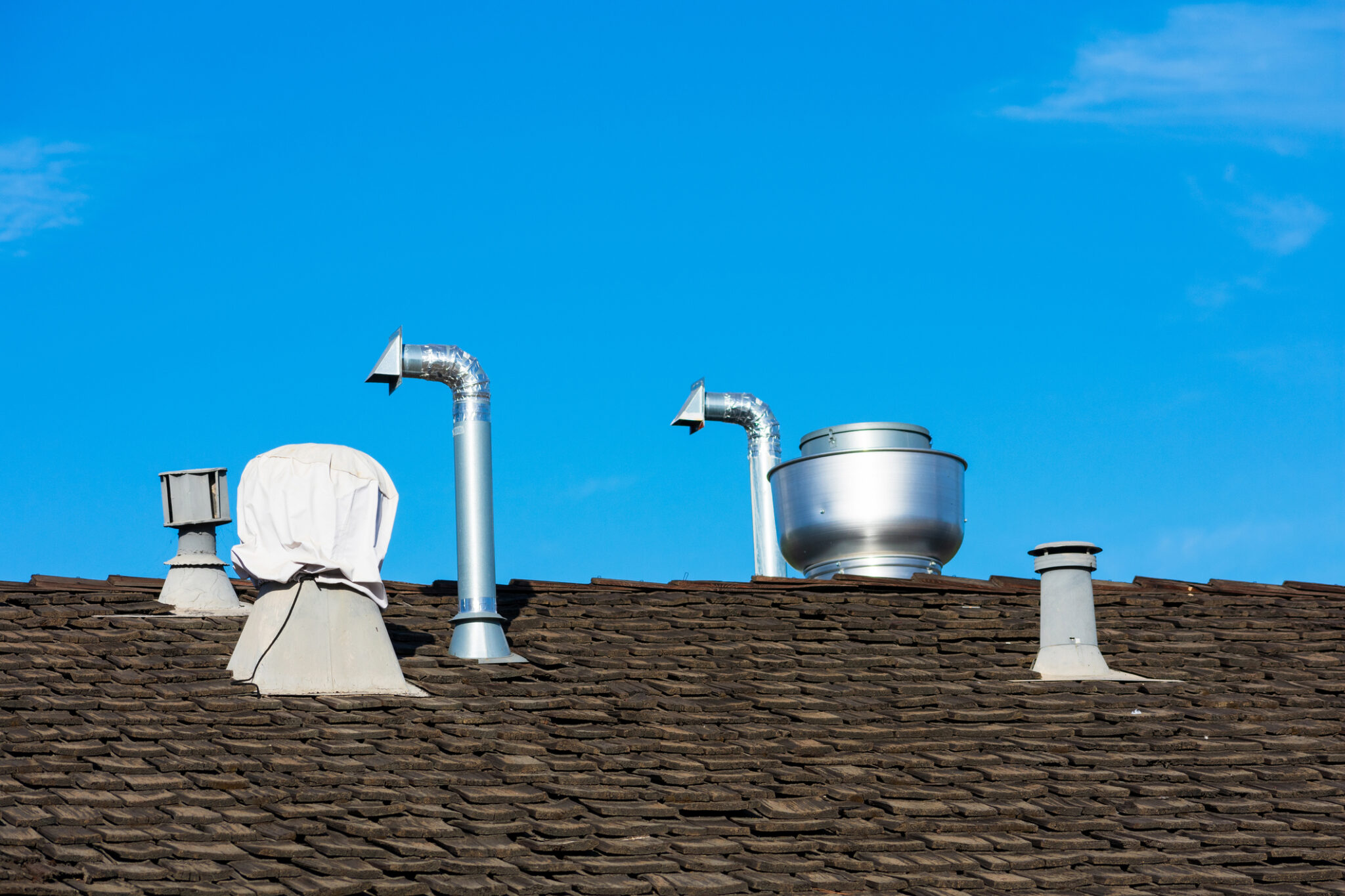
The roof vent pipe or plumbing vent is an important component in the proper functioning of a building’s plumbing system. Without it, there could be so many problems in your home, such as:
- Foul odor, smell of rotten eggs, and similar unpleasant odors
- Standing water in the shower, sink, and bathtubs
- Less water flow from faucets
- Water drainage is slow in the shower, sink, and bathtubs
- Gurgling sounds in the drains and pipes caused by the gas build-up
Therefore, you must have a roof vent pipe installed in your building. If your old roof vent pipe is damaged or you are building a new home, you need to have one installed by professional roofing contractors – WABO Roofing. We take care of roof vent installation in both commercial and residential buildings.
Installation of Roof Vent Pipe or Plumbing Vent on the Roof
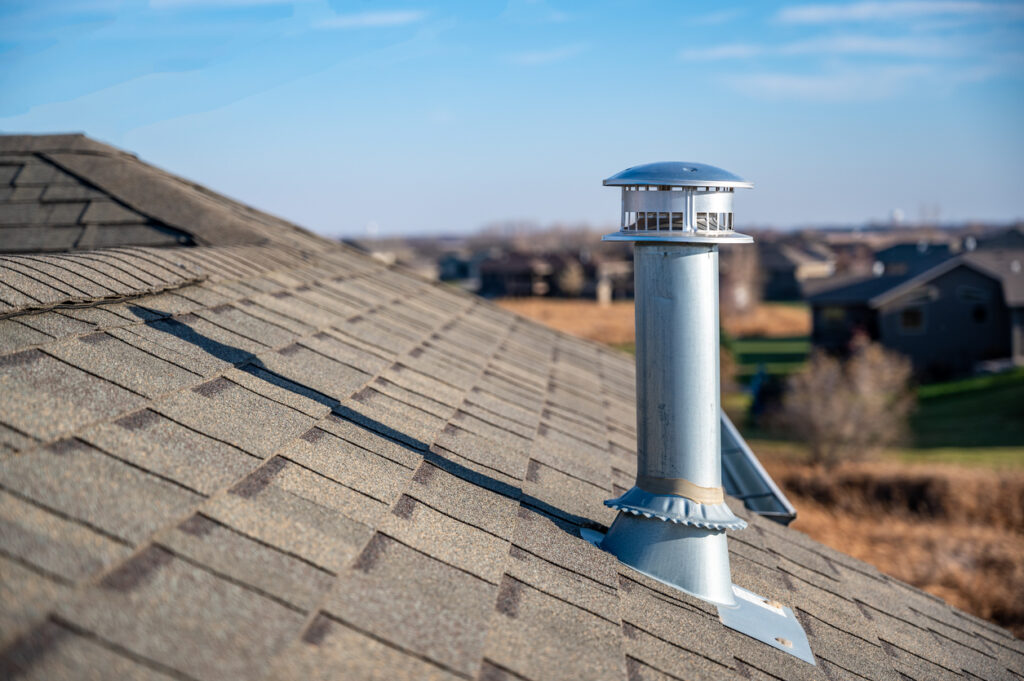
Planning and Preparation
To successfully install a roof vent pipe, first, the roof must be assessed, and various points, such as the slope and obstacles, if any, should be duly noted. Picking a perfect location is the key to unobstructed functioning of the roof vent pipe.
Tools and Materials
Once the location of the installation is decided, the necessary materials and tools are gathered, which often include roofing cement, nails, saw, drill, roof vent, roof flashing and other items. Preparation ensures a smooth process of installation.
Roof Penetration and Preparation
Precision in executing the job should be maintained, ensuring that the integrity of the roof’s structure is not compromised, nor does the roof sustain any damages because of the drill or saw that is used in the process.
Installing the Roof Flashing
The roof flashing will create a watertight seal around the roof vent pipe and prevent any water from penetrating into the building. This ensures that the roof vent pipe operates safely without the risk of water damage.
Placing and Securing the Roof Vent
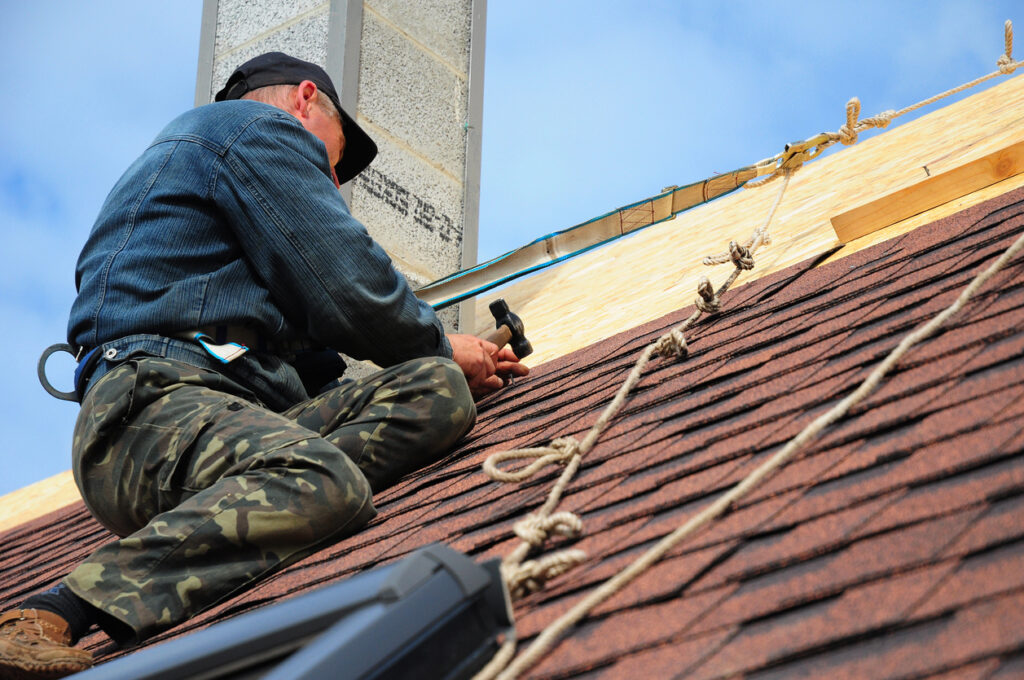
The roof vent pipe or plumbing vent should be positioned over the flashing carefully. It must be fastened to the roof steadily and securely – an important step because it has to stand strong against the harsh elements and changing weather conditions. A properly positioned and secured roof vent offers good ventilation and protects the roof from damage or leaks.
Connecting the Vent Pipe to the Drain Waste Vent or DMV System
Connecting the roof vent pipe to the DMV system is also a crucial step. The connection should be established while ensuring that it is airtight and secure so that no leakages or water infiltration takes place. A well-connected roof vent pipe boosts smooth airflow in the pipes.
Roofing Cement and Sealant
We understand the importance of securing the roof because water can easily enter the roof’s structure and compromise the structural integrity of a building. Sealant and roofing cement help strengthen the waterproofing around the roof vent pipe and the roof flashing. The base of the roof vent pipe should be properly sealed to ensure that water infiltrates the roof’s structure.
Final Inspection
It is important to perform a thorough inspection after every job. A roofing expert should check whether the job has been effectively done. They need to check the fasteners and the seals to ensure they are steady and working properly.
Testing the Roof Vent Pipe
After inspecting the work, the roof vent pipe should be tested for its effectiveness. A professionally installed roof vent pipe will regulate the air pressure effectively and prevent any accumulation of gases in the drainage system. If the roof vent pipe is functioning properly, the plumbing system also stays in good condition.
Post Installation Care of Roof Vent Pipe
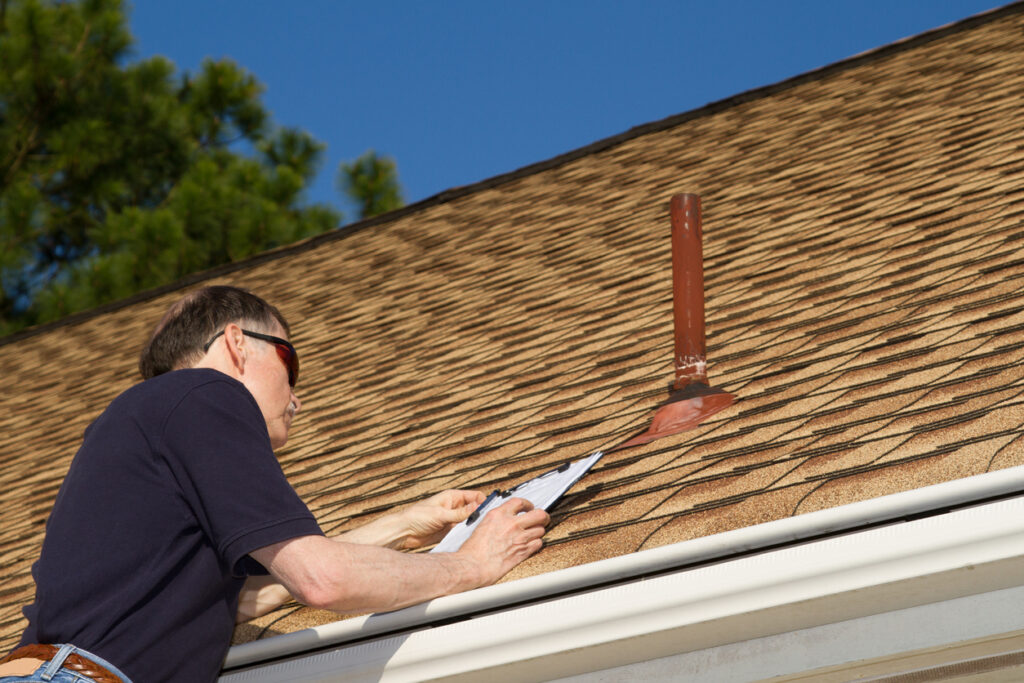
Here are some steps that should be followed to ensure that the roof vent pipe or plumbing vent is functioning properly:
- Regular inspections help check for any blockages around the roof vent pipe, signs of damage, and debris that may have accumulated around it.
- The flashing and the seals around the plumbing vent pipe should also be checked for any signs of damage or wear. If they are damaged, then they should be immediately repaired or replaced.
- Look out for leaks or water stains around the roof vent pipe in the interior of your home. It is an alarming sign and should be immediately taken care of to prevent structural damage.
- If any debris, such as twigs, leaves, etc., is spotted or accumulated around the roof vent pipe, they should be removed immediately. They risk blocking the airflow and may clog the pipes.
- If the roof vent pipe installed in your home is made of metal, then it should be continuously checked for rust or corrosion – if spotted, it should be cleaned, treated, and repainted to prevent any further deterioration.
- The insulation around the roof vent pipe should also be checked to ensure it is properly sealed. Any gaps can cause the building to lose its ability to be energy-efficient.
- Any trees near the roof should be trimmed to prevent any overhanging branches from damaging the roof vent pipe, especially during storms or heavy rainfall.
You must hire a professional roofing contractor like WABO Roofing to conduct a detailed inspection of your roof vent pipe or plumbing vent pipe so that any signs of damage can be spotted at an early stage and repaired to prevent further damage.

